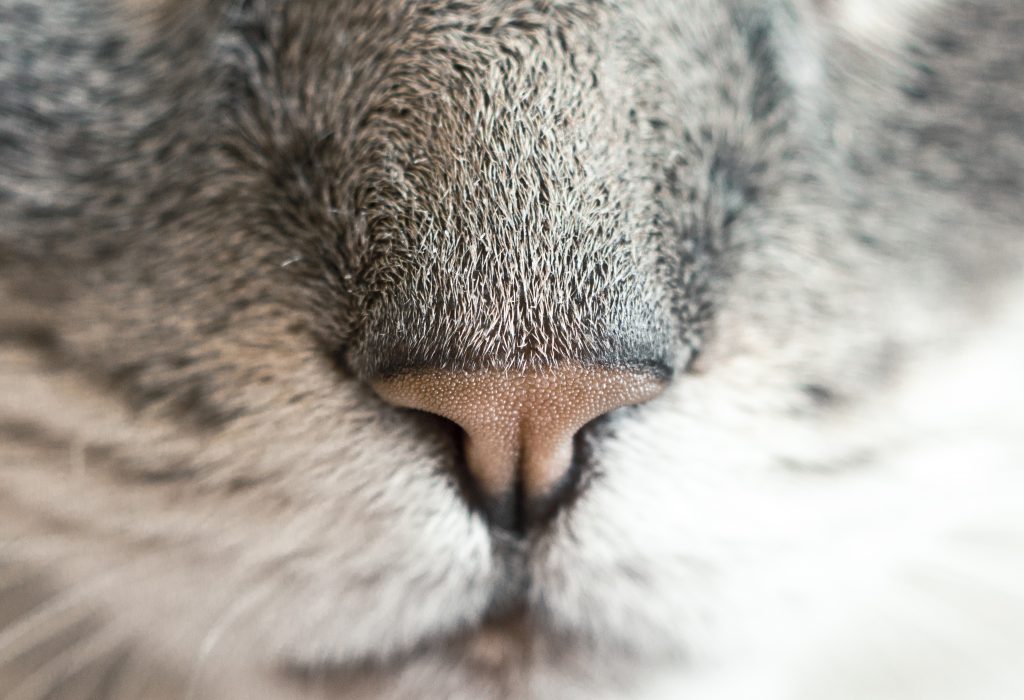West Highland terriers, followed by Labradors are the dog breeds most likely to get diabetes, according to new research by a leading British pet insurer.
British Shorthair and Burmese are the most likely cat breeds to develop the potentially life–threatening disease.
The findings follow a study of 9,000 pets insured by firm Animal Friends over the last five years.
The data showed a shocking explosion in the number of British pets being diagnosed with diabetes – a condition with impairs the body’s ability to process sugar.
Researchers found a staggering 900 per cent increase in diagnosed cases.
Animal Friends found a 1161 per cent increase in cases of cat diabetes claims since 2011 – that year the company received just 62 claims compared to 721 in 2015.
The data also shows cases in dogs have also seen an increase of 850 per cent in the same time span.
Diabetes in pets can often be managed successfully with insulin therapy and attention to diet and exercise.
But signs which could show a pet has diabetes is if they are hungry or thirsty a lot of the time along with an increase in producing urine.
The study found that the British Shorthair was the most diagnosed cat.
This breed was followed by the Burmese, Foreign Shorthair, Maine Coon and then the Abyssinian.
The most commonly diagnosed dog is the West Highland Terrier followed by the Labrador, King Charles Spaniel, Husky and Miniature Schnauzer.
It is not known whether the diagnoses are due to the genetics of the breed or lifestyles of the pets.
But the study revealed how in 2011 just 309 cats and dogs had been diagnosed with diabetes compared to a whopping 2,877 in 2015.
Last year the PDSA, the UK’s leading veterinary charity, released a report which estimated by 2020 obese animals would be more common than healthy ones.
The report also estimated that a quarter of a million dogs in the UK don’t get walked at all.
Along with the rates of diabetes rising in pets, the amount of humans living with the condition has almost quadrupled since 1980.
Westley Pearson, Director of Claims for Animal Friends said “With weight issues and diabetes on the rise amongst humans, we assumed we would find the same in people’s pets but the 900% rise we uncovered was shocking.
“It shows a clear gap in Brits knowledge regarding proper care of their pets.
“The fact that the increase is so much higher than in humans suggests that while people are beginning to think more about their health, their pets are being left on their old diet and exercise regimes.”
Westley went on to explain what to look out for if you’re concerned about your pets.
He said: “The most common symptoms of diabetes in animals are increases in drinking and urinating. A common overlooked symptom is weight loss.
“This is because the animal will often be overweight in the months leading up to a diagnosis so owners don’t see it as a problem when their pet finally starts losing the extra weight.”

